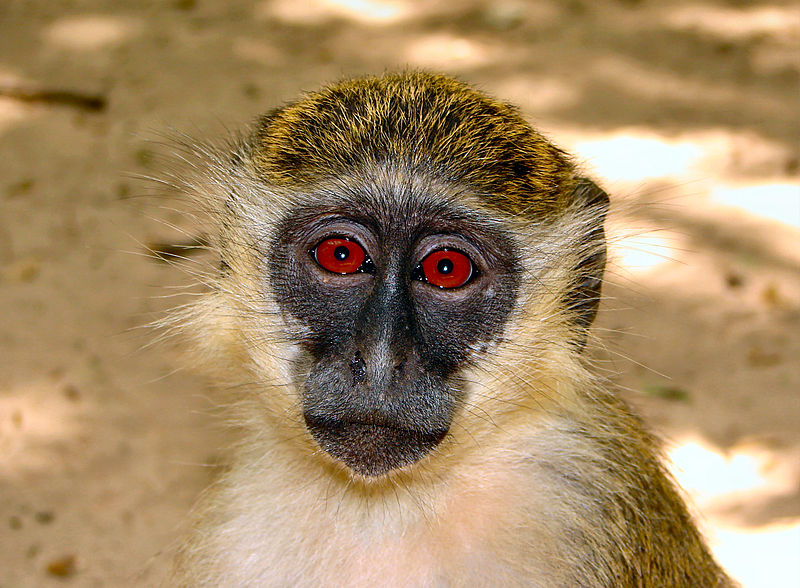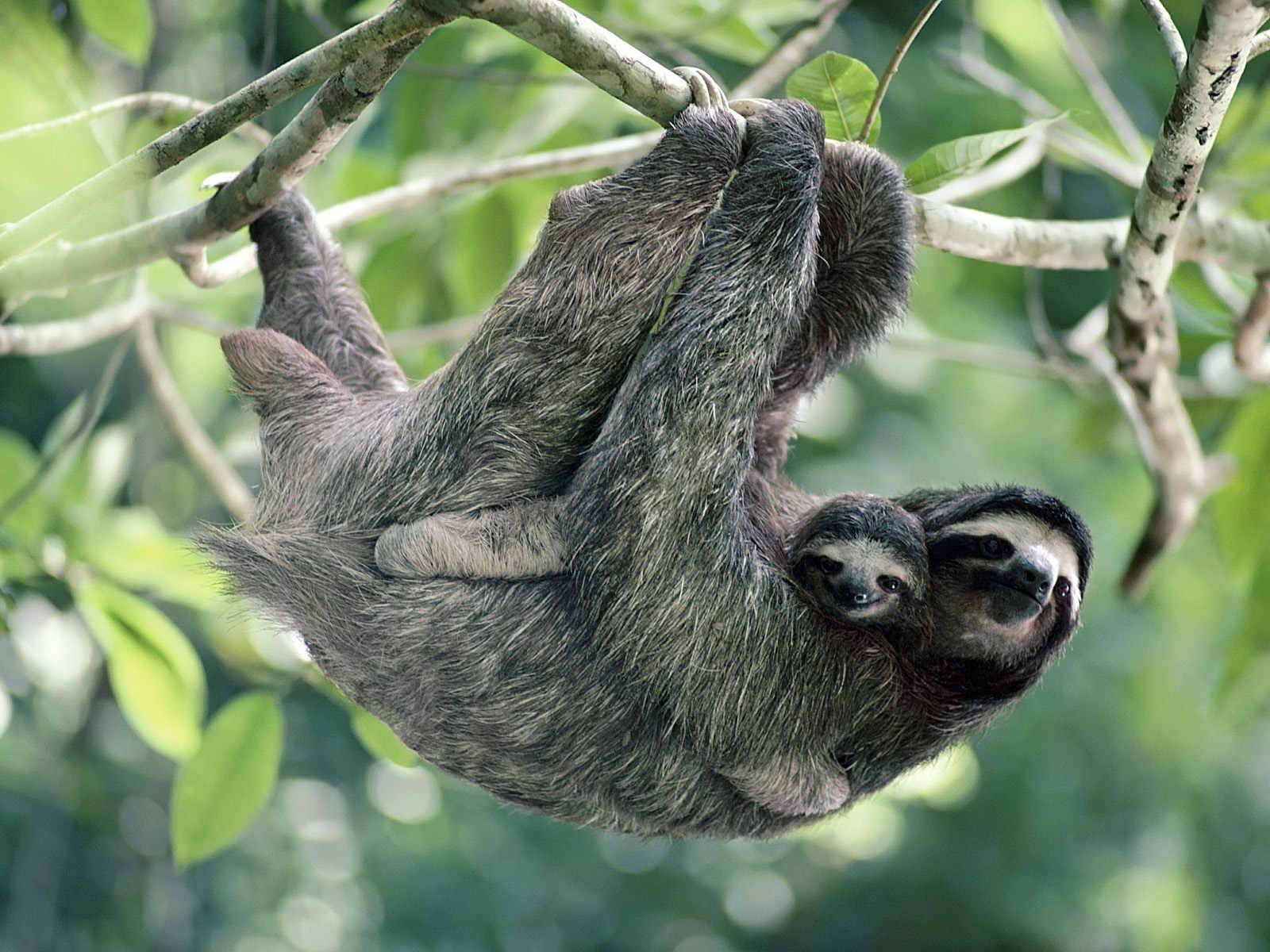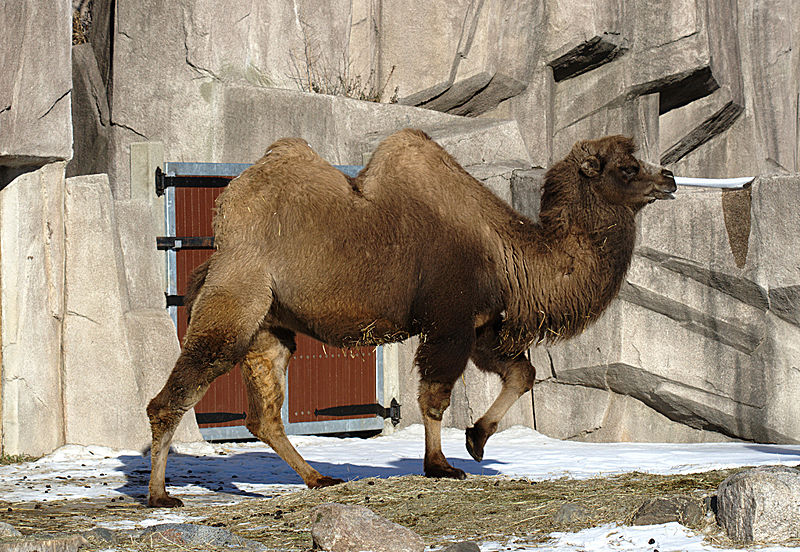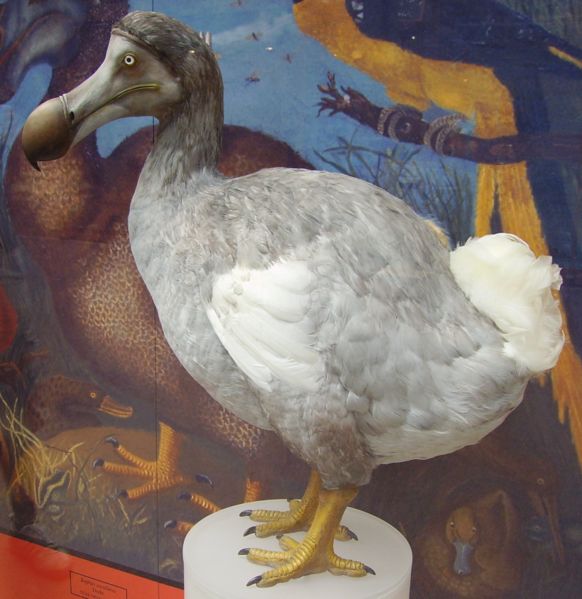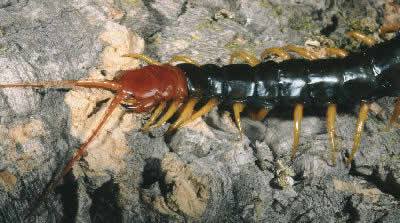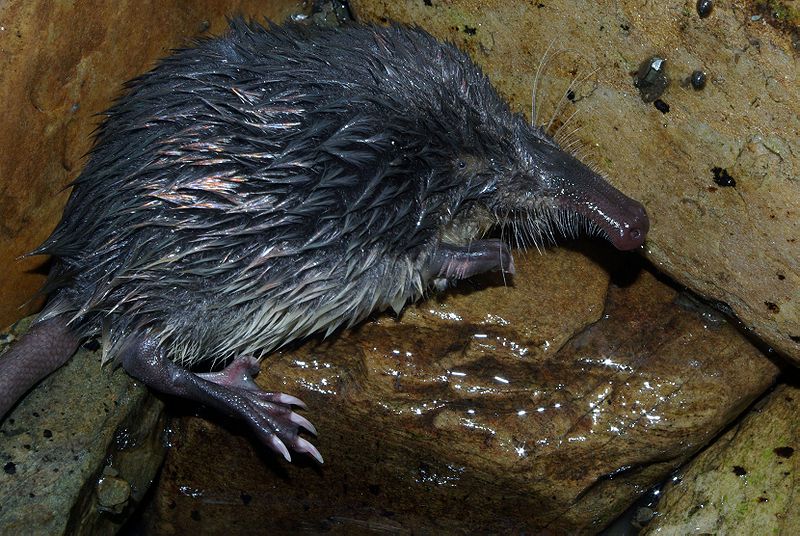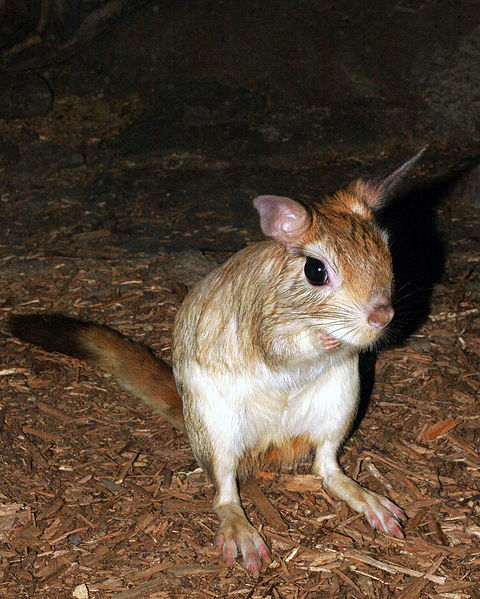
Today’s animal is a little confusing since the Springhare isn’t actually a hare. I am not sure what the discoverers of this animals were thinking when they named it but I guess it kind of looks like a hare….maybe. Instead, the Springhare is actually a member of the wonderful rodent family. Instead of clicking on the “back” button, give this little rodent a chance. I am sure it will amaze you with their incredible leaps and extremely bizarre resting behaviour. Intrigued? Well then lets grab our coats because we are heading to the southern portion of Africa.
These Legs Were Made For Jumping
Looking at the hind legs of the Springhare, you probably wouldn’t be surprised if I told you they are incredible jumpers. Would you be surprised if I told you these little rodents are capable of leaping more than 30 feet (9 m). That’s right, this 45 cm (18″) long rodent is capable of jumping more that thirty feet! To help accomplish this astounding feat, the Springhare will use their long tail to balance them through their jump.

Lessons Learned From a Rodent
So if the hind legs are made for jumping….what are the fore legs for? The sharp claws located on their front feet are perfect for playing in the sand. The Springhare is a big fan of digging and has even evolved special flaps on their ears that stop dirt from entering. I bet your kids could use special flaps like this after a day at the beach. Interestingly enough, the Springhare could also teach your kids to close the door – I always got the “Are we trying to heat Ontario” speech from my dad when I was younger. After our rodent friend enters their burrow, they will always push the sand back in front of the entranceway, which is most likely a defence mechanism to ensure nobody follows them.
Downward Facing Springhare
What about this bizarre resting behaviour I mentioned earlier? When in a resting state the Springhare will sit with their hind legs stretching forward (yes, I said hind legs) with their body hunched over between their legs and their head (and ears) in direct contact with the ground. Who would have thought that rodents like to practice Yoga? It is believed that this posture has nothing to do with stretching or finding their chi. Instead it is a great way for the rodent to feel the vibrations of any oncoming predators. Personally, I think this position would start to get a little uncomfortable after awhile…..but probably not as uncomfortable as being caught off guard by a hungry predator.

